One of the best parts of running OudforGuitarists is that I receive emails and get to hear from all types of musicians around the world.
The other day I received an email from a flutist who is also interested in frame drums and ney. Our email conversation turned into a very interesting discussion, so today I wanted to share it with you.
Here’s something that stood out for me that they wrote…
“I wanted to record a few frame drum videos and add some kind of oriental-sounding flute melody along with them, and I found your video on micro-scales. I was amazed to see that even four notes can create an oriental-sounding melody. Especially when using only the first four notes of the major scale. Unfortunately, I struggle with coming up with a melody that I like.“
My response email had some suggestions on listening material and some music with notation to try out.
“Hi xxxxx,
Thanks for your email.
There’s lots of music out there that is meditative and slow. But finding the notes is more difficult. Free sheet music: https://digitalarchive.wm.edu/handle/10288/13782.
Unfortunately, you need to know what you’re looking for. Try playing this Persian piece: https://www.instagram.com/p/Bz2PsY8JJVV/ This piece uses a quarter tone E, called E half-flat, or E quarter-flat, It’s between an E flat and E natural. But if you can’t play that on western flute you can simplify that E quarter flat to a full flat.
I can’t really suggest any specific pieces so I recommend using your ear to copy the melodies you hear.
Good luck and let me know if you have any questions. “
They responded:
“Thanks a lot for the recommendations. I just noticed that you have the Step by Step Taqsim program. Do you think if I bought a Ney, I could apply the same principles? Or only part of it would apply to the Ney? If so, I’d be very interested, for the near future.
I imagine that Oud music is usually much faster, because you cannot sustain notes like on the Ney. Would I be able to improvise slow melodies using the same principles?
I wrote:
I don’t think my taqasim program is applicable to Ney unfortunately. My Ear Training Program however would be more conducive as it’s meant for any musician/singer.
The issue with Ney is that you may need different neys for different keys. The Ear Training Program is playable on the keys that are available on the Oud so it may or may not work if you have limited number of Neys. I don’t know Ney enough to give advice on that. But if you want to learn maqams in an organic way which is applicable to Ney, then you can use the ear training program because you train with your voice.
They also wrote:
By the way, I also like this piece a lot – https://www.youtube.com/watch?v=zsK1BT_vVt4
-but I’m not sure if it’s traditional maqam music. My flute teacher told me what scale it is in, but I tried to guess parts of the melody with very little success. I find it very hard to recognize notes at the moment, but hopefully I’ll be able to soon.
Perhaps you could one day do a video about how different musicians play together in this genre – I understand maqam music doesn’t have harmony, only melody, so I’m curious how they decide who plays what, so that it would sound good together, especially with the quarter tones and all 🙂 And if there is a steady rhythm, I’m learning to frame drum and there, it obviously sounds good if you keep a steady tempo, but my flute teacher says many middle-eastern songs that I showed him don’t follow any clear tempo, and that if would be very hard for him to write the notes for me, cause it drives him crazy that there is no structured rhythm 🙂 “
I wrote:
The music you shared is beautiful and traditional… BUT it’s been produced in such a way with the drone and harmony which I think takes away from the Ney. I personally can’t listen to it very long.
In regards to arrangement in middle eastern genres…
As for arrangement, before the influence of western music, middle eastern performance was mostly monophonic where all instruments follow one single melody line. It is still fundamentally the same now however, now composers and arrangers have added counterpoint, and some harmony where possible, and other western arrangement techniques.
With a single melody line, the instrument and artist decides how the melody should be played. Instruments have different capabilities and as such melodies come out with their own embellishments and nuances on different instruments. This is the beauty of it. Each instrument is its own voice and has its own strengths and weaknesses. It is organic and arranged very minimally, especially if the music is created by a composer rooted in the old tradition.
If your teacher is a classically trained flutist, the rhythm in middle eastern music can be very hard to discern as the concept of rhythm in middle eastern music is different from European classical tradition. It’s like asking me to figure out classical Indian rhythms, I have no idea what they are doing as I’ve never studied them.
The rhythm and tempo is well structured and well defined as you can see that middle eastern ensembles have no need for conductors especially in chamber ensembles. Conductors have been introduced later as ensembles increased in size, even then it is still debated and scorned by many of the best musicians.
Be patient with the melodies, and use your voice to copy what you hear. That is the best way to learn. If you can sing it, you can play it.”
After thinking about this some more… I realized that… of course… it’s hard to coming up with melodies that you like that sound authentic and traditional. Think about all the training a musician goes through to become rooted in a particular tradition… It takes years…
I remember when I first tried wrapping my head around Arabic music… It was a nightmare. And you’d think I’d have it easy because I was already well-versed in the Persian tradition. It takes time.
There are clues here and there (like this video) that shed light on things that are not obvious. But it still takes time to apply what you’ve learned.
Now when it comes to maqam, Dastgah, or modal music…
Using your voice is often overlooked… yet it’s a really important method for learning melodic development and internalizing melodies. Whether you play the Oud or Ney or any other instruments, I highly recommend you incorporate singing into your practice routine.
If you need guidance on how to use your voice to train your ears, check out my Ear Training program here and sign up to hear about the next enrollment.


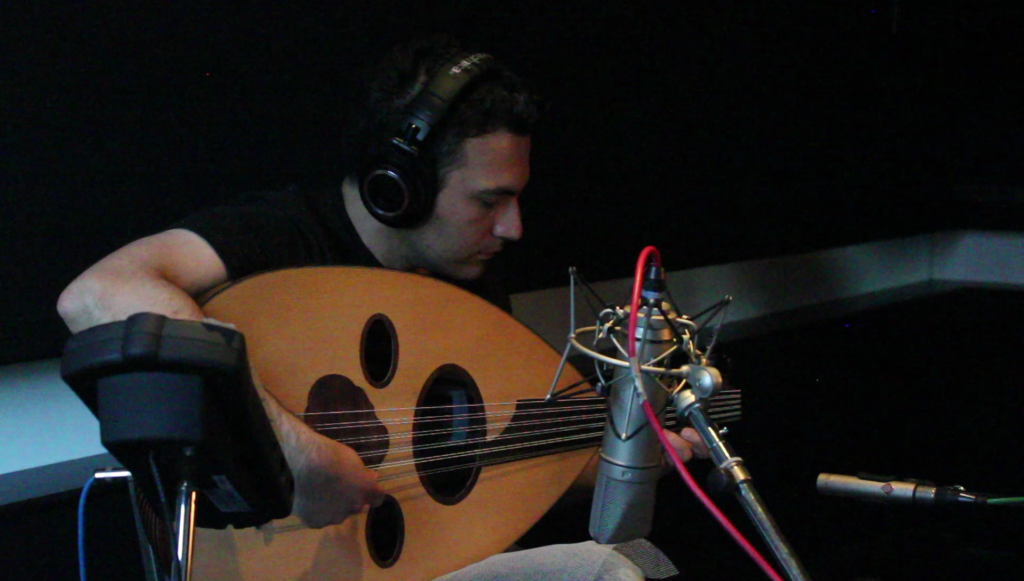
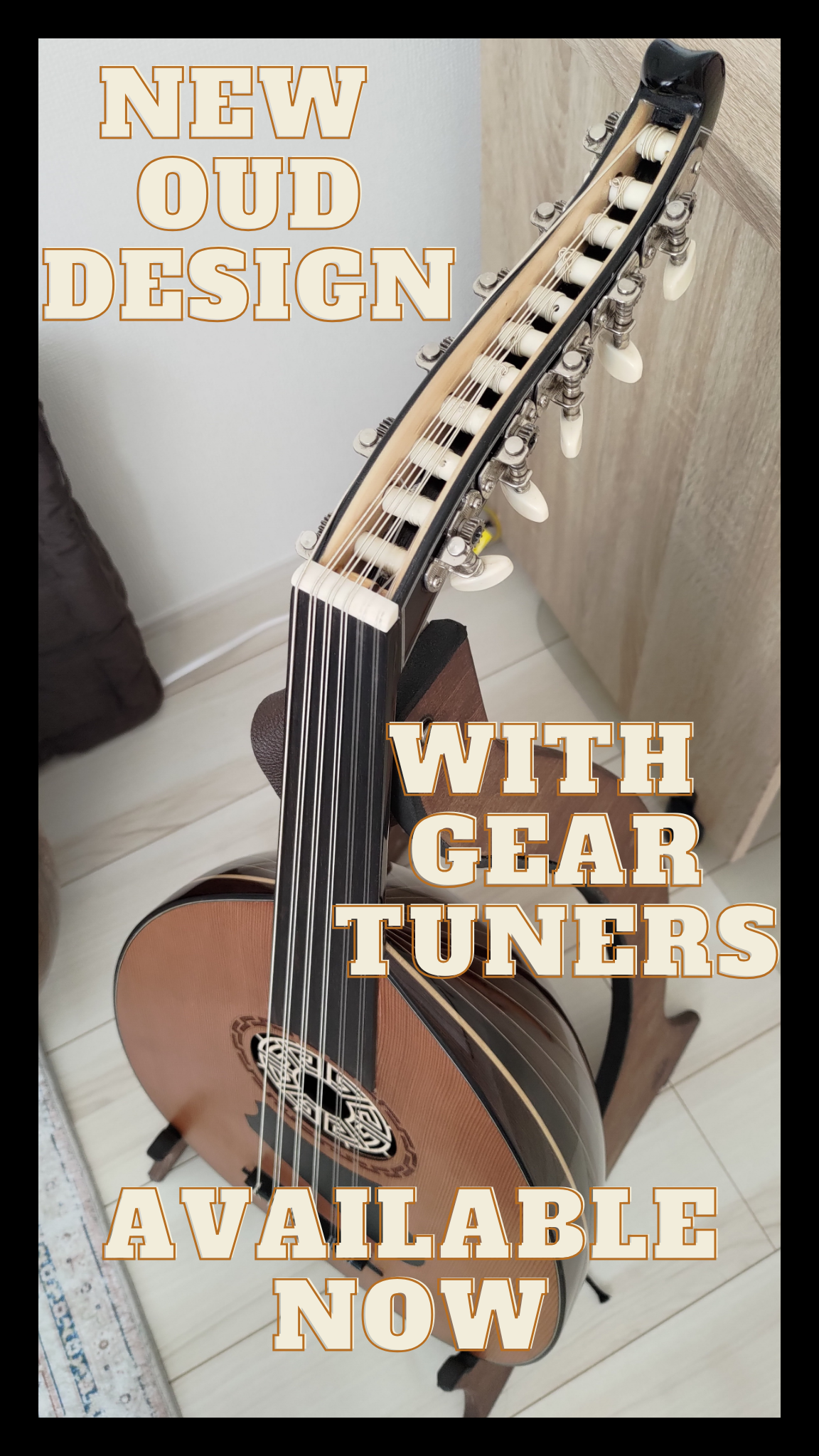

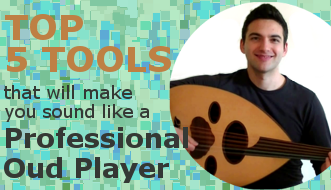
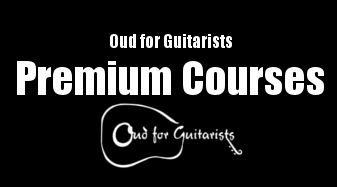
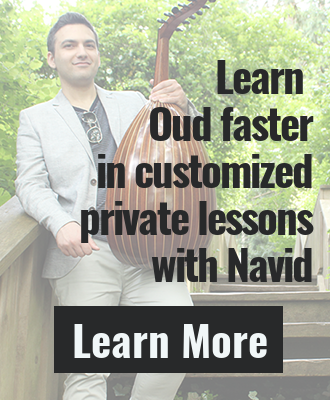
Thank you Navid, I live in Australia where there are limited opportunities to learn the Oud without the internet. Also I had on 2 occasions travel to Turkey to buy a Oud. My cultural history is influenced by European popular music so going from a guitar to Oud was a challenge. I play by ear so and I can feel a little intimidated by the brilliant musically trained musicians out there. But I feel music is community and there is a place for all levels of musicianship in this rich global family. Your generous words of encouragement and great videos have helped me on this amazing journey into the rich tones of the ancient world.
Ear is one of the best ways to go when it comes to modal music. I wish you the best.
Very interesting, so you actually prefer music without harmony (chords, etc.). I thought the reason harmony is not used in Arabic and Indian music is because it’s not possible, because of just intonation, or simply that they didn’t focus on it. I never thought of the idea that harmony can “take away” from the solo, but I understand it now. I assume it takes some getting used to it, just like not everybody in the West can appreciate classical music.
There are so many ways to look at that piece nay and synth harmony in that music.
It might have sounded better to my ears if they used natural instruments as opposed to electronic sounds. And this might only be because I’m not accustomed to hearing synth with nay. Nay by itself is profound enough. While other times especially in ensemble performances, accompaniment can really enhance the soloist.